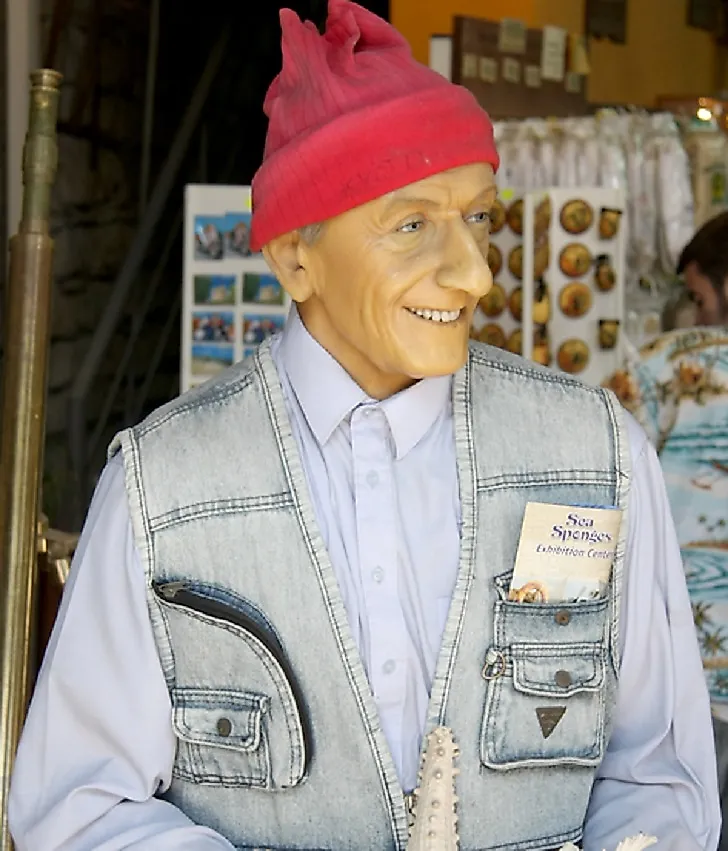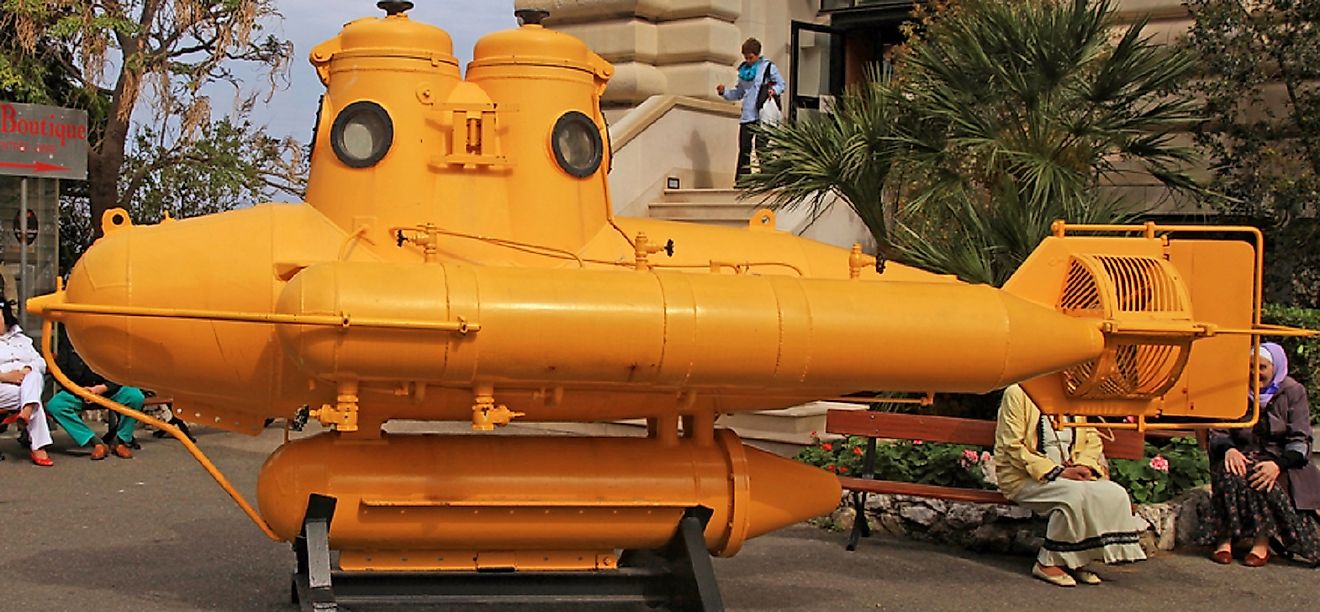Jacques Cousteau: Famous Explorers Of The World

5. Early Life
The French underwater explorer and inventor Jacques Cousteau was born on June 11, 1910 in St. André-de-Cubzac, France. Cousteau's early education was spent in New York, where he was enrolled at the Holy Name School. He also learned diving as a young man in Lake Harvey. His teenage years were spent in a French high school, and Cousteau later studied at a military academy near the French-German border. He also attended the French Naval Academy, where he joined his naval class on board a one year world cruise. Cousteau would later entered a French naval aviation academy prior to World War II.
4. Career
A car accident before his graduation from the naval aviation academy put Cousteau into a rehabilitation facility. Part of his rehabilitation regimen was swimming in the Mediterranean, where he discovered his love of the sea. It was also at this time that he became married, and started a family. Following the World War II invasion of France by Germany, Jacques secretly worked for the French Resistance, developing new diving equipment and film cameras. Later he improved his diving equipment with the help of an engineer by the name of Gagnan, and called the new device "the Aqualung". French naval authorities were impressed with the Aqualung, and gave him a commission for further research and development into diving equipment.
3. Discoveries

Besides the Aqualung, Cousteau also invented an underwater sled. Jacques utilized a number of submersible marine vessels, such as his iconic yellow submarine (pictured above on display at the Monte Carlo Oceanographic Museum). The most other major discoveries and innovations he made in diving, however, happened aboard his boat, the Calypso, in the early 1950s. He discovered new species of fish and plants in the Red Sea, as well as submarine volcanic vents. Off the southern coast of Grand Congloué, he discovered an ancient Roman galley ship, which was loaded with antiquities and treasures. He also invented a small submarine for exploring the ocean's depths, the DS-2. After these achievements, he was then known as a proficient underwater explorer, innovator, and filmmaker the whole world over. The publication of his book, The Silent World, sealed the deal in Cousteau garnering his claim to fame.
2. Challenges
The problem of the short duration of diving when using the "S.C.U.B.A."-diving apparatus, invented by fellow Frenchmen Yves le Prieur, was improved by Cousteau when he added a demand regulator. Cousteau had some setbacks with his underwater deep sea cameras after the accidental death of Harold Edgerton, a high-speed photography expert he had hired to develop an underwater camera system for the Calypso in 1953. To compensate, he and his team developed a small, yet highly maneuverable, submarine to further photograph deep sea life. During his lifetime, Cousteau was challenged by a number of critics regarding the validity of his scientific credentials, though he retorted by responding that he had never claimed to be himself an expert in any field of study.
1. Death and Legacy
Cousteau revolutionized the world of diving and underwater research, and he was also planning to build another Calypso to replace the first one, which was sunk in the mid-1990w. In his eighties, Cousteau was still active in environmental issues, with his main concern being the irreversible effects of environmental damage. On June 25th, 1997, the world lost Cousteau. He passed away of a heart attack in his home in Paris, France. He left the world a 300,000-member-strong environmental group (the Cousteau Foundation), 120 television documentaries, and no fewer than 50 books. Today, his simple methods for presenting scientific knowledge, which were criticized by some of his contemporary academics when he was most active, are now being used by different fields of study, including marine biologists and even television travel shows.











